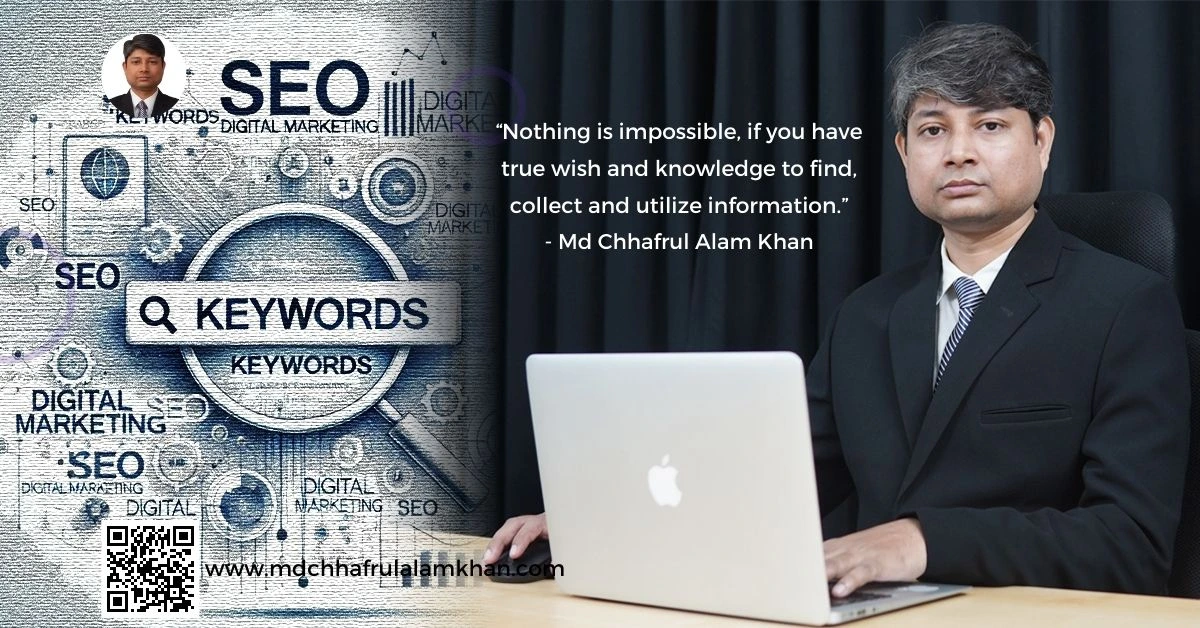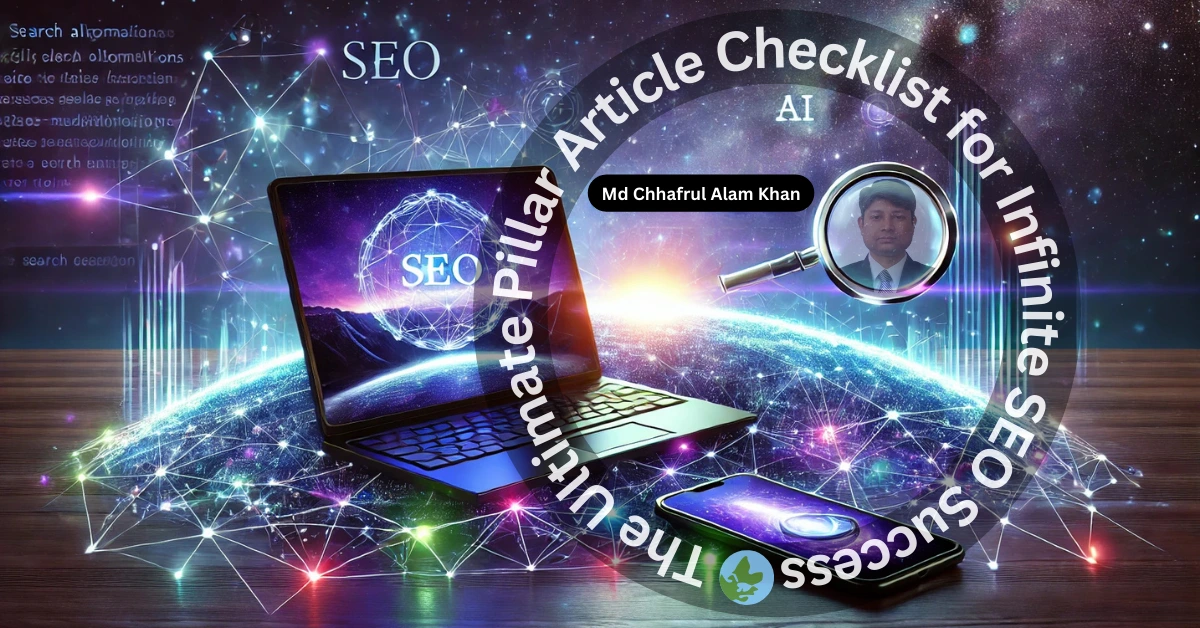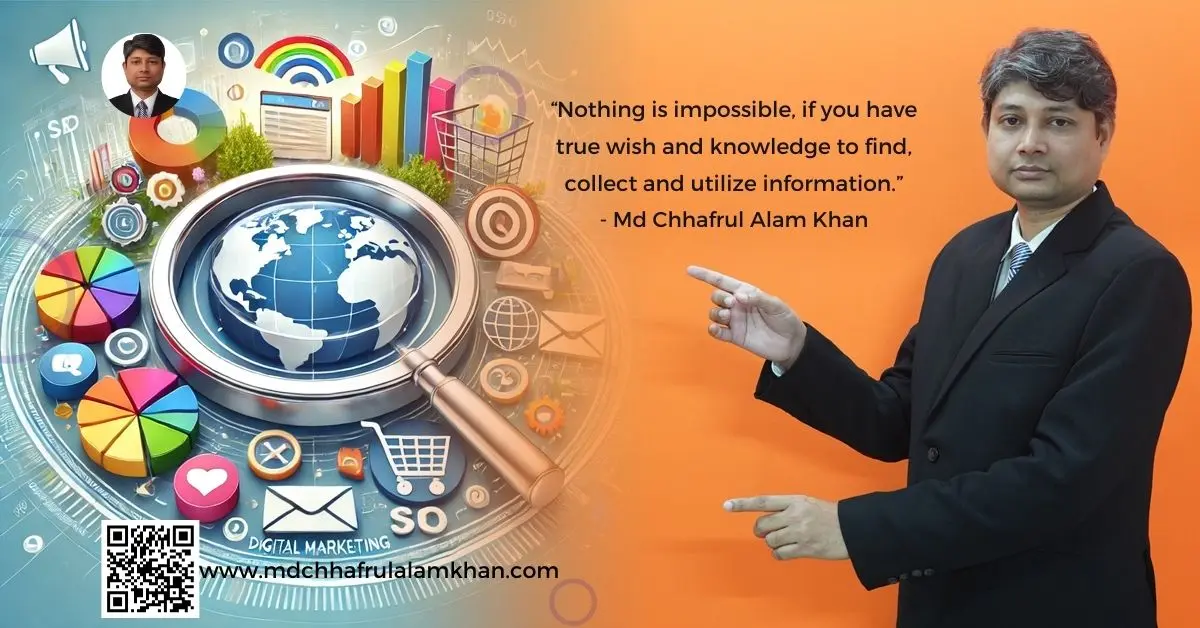Course Outline↴
Lesson 01: What is Pillar Blog Content?
Lesson 02: Why Pillar Content Matters
Lesson 03: Types of Pillar Content
Lesson 04: Identifying Your Target Audience
Lesson 05: Keyword Research for Pillar Content
Lesson 06: Structuring a Pillar Blog Post
Lesson 07: Crafting an Engaging Introduction
Lesson 08: Building a Well-Organized Body
Lesson 09: Adding Value with Data & Examples
Lesson 10: On-Page SEO Best Practices
Lesson 11: Internal & External Linking Strategies
Lesson 12: Multimedia Integration
Lesson 13: Content Distribution Strategies
Lesson 14: Repurposing Pillar Content
Lesson 15: Monetization Strategies
Lesson 16: Tracking Performance Metrics
Lesson 17: Updating & Refreshing Old Content
Lesson 18: Case Studies & Real-World Examples
📘 Lesson 2: Why Pillar Content Matters
Lesson Objectives:
By the end of this lesson, learners will:
- Understand the key benefits of pillar blog content
- Learn how pillar content improves SEO and website ranking
- Recognize its role in increasing engagement, authority, and conversions
2.1 The Importance of Pillar Content
Pillar content isn’t just about writing long blog posts—it’s a strategic asset that strengthens a website’s SEO, enhances credibility, and drives consistent traffic. It acts as a cornerstone that helps both users and search engines understand your site’s expertise.
Why does it matter?
- Better SEO rankings – Google favors well-structured, in-depth content.
- More organic traffic – Users search for comprehensive answers, and pillar content provides them.
- Higher engagement – Readers spend more time on well-organized, informative pages.
- Authority building – High-quality pillar content positions you as an expert.
- Long-term value – Unlike short-term trend-based posts, pillar content stays relevant.
2.2 How Pillar Content Boosts SEO
Pillar content is one of the most effective ways to improve SEO, thanks to its structure and depth.
Key SEO Benefits:
✅ Targets High-Value Keywords: Covers broad and related keywords in a single post.
✅ Encourages Backlinks: Other websites link to valuable pillar content, improving authority.
✅ Enhances Internal Linking: Links to supporting cluster posts, improving site structure.
✅ Improves Dwell Time: Readers stay longer on in-depth posts, signaling quality to search engines.
Example:
A website about fitness might have a pillar post on “The Complete Guide to Strength Training.” This post could rank for multiple related keywords like:
- Best strength training exercises
- Strength training for beginners
- Benefits of strength training
Because it’s long-form and detailed, it attracts traffic from many searches, increasing site visibility.
2.3 The Role of Pillar Content in Audience Engagement
Beyond SEO, pillar content enhances user engagement by providing structured, valuable, and easy-to-navigate information.
How it improves engagement:
✔ Keeps readers on the site longer – Comprehensive content answers multiple questions.
✔ Encourages return visitors – Users bookmark high-value content.
✔ Improves conversion rates – Well-researched posts build trust, leading to sales or subscriptions.
Example of High-Engagement Pillar Content:
A finance blog might have a pillar post titled “The Ultimate Guide to Saving Money.” Within the post, it includes:
- A budgeting calculator (interactive tool)
- Real-life case studies of successful saving methods
- Links to downloadable templates
These elements keep readers engaged and encourage them to take action.
2.4 Pillar Content and Business Growth
Pillar content plays a vital role in lead generation, brand credibility, and monetization.
Monetization Strategies with Pillar Content:
- Affiliate Marketing: Recommend tools and products within the post.
- Ad Revenue: High-traffic posts generate significant ad income.
- Email List Building: Offer free resources in exchange for email sign-ups.
- Product/Service Promotion: Showcase your offerings naturally within the content.
Example:
A marketing consultant writes a pillar post on “How to Create a Digital Marketing Strategy.” Within the post, they:
- Offer a free downloadable marketing plan template (email capture).
- Link to their consulting services for those needing expert help.
- Use affiliate links for recommended tools like SEO software.
This way, pillar content directly contributes to business revenue while providing value to readers.
Conclusion & Next Steps
Pillar content is a powerful tool for SEO, engagement, and business growth. It drives consistent traffic, builds authority, and enhances user experience.
Next, we’ll move to Lesson 3: Types of Pillar Content to explore different formats and choose the best approach for your blog.
You might like↴
- Content Optimization Strategies
- Google Search Algorithm
- Google’s 200+ Ranking Factors: How to Rank Higher in 2025
- How to Become an SEO Expert? A Step-by-Step Guide
- Lesson 01: What is SEO and Why Does It Matter?
- Lesson 02: Keyword Research Made Simple
- Lesson 03: On-Page SEO Basics
- Lesson 04: Technical SEO
- Lesson 05: Off-Page SEO & Link Building – The Secret to Authority & Higher Rankings
- Lesson 06: Local SEO – Ranking for Local Searches & Google My Business Optimization
- Lesson 07: Advanced SEO Analytics & Tracking – How to Measure & Improve Your Rankings
- Lesson 08: SEO for E-Commerce – How to Optimize Product Pages for More Sales
- Lesson 09: International SEO – How to Rank Your Website in Multiple Countries & Languages
- Lesson 10: SEO Penalties & Recovery – How to Fix Drops in Rankings & Avoid Google Penalties
- Lesson 11: SEO Audits – A Step-by-Step Guide to Fix & Improve Your Website
- Lesson 12: SEO Case Studies – Real-World Strategies That Work
- Lesson 13: The Future of SEO – AI, Voice Search & Emerging Trends
- SEO in 2025: Strategies for Ranking Higher in Search Engines
- SEO Mastery: Complete Course Content
- SEO Starter Guide: From Web Whispers to Search Engine Screams
- The future of SEO in a ChatGPT-dominated world
- The Ultimate Guide to Evergreen SEO: How to Rank Universally & Infinitely
- What Is SEO – Search Engine Optimization? [A Comprehensive Guide]


